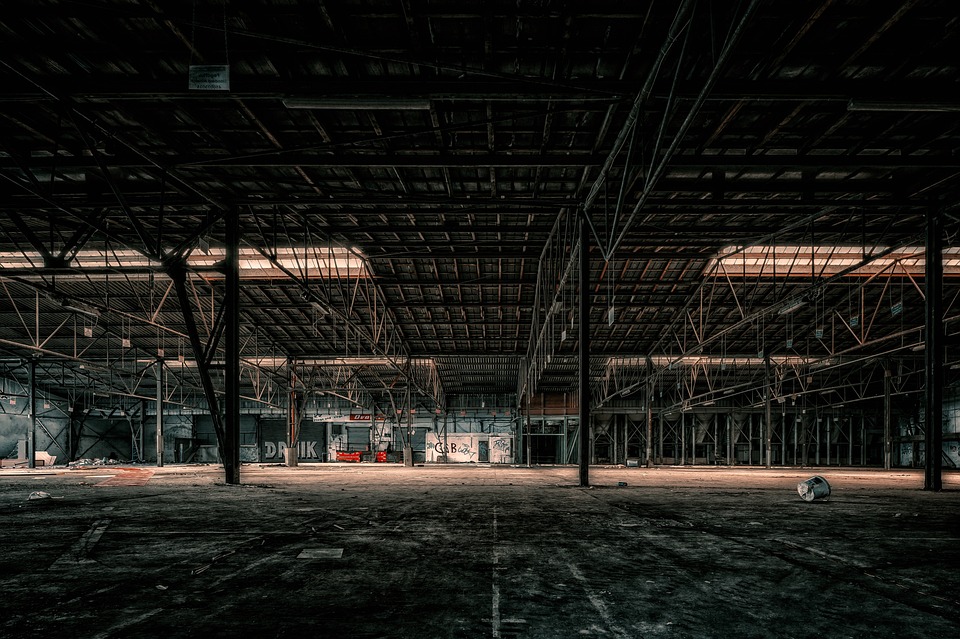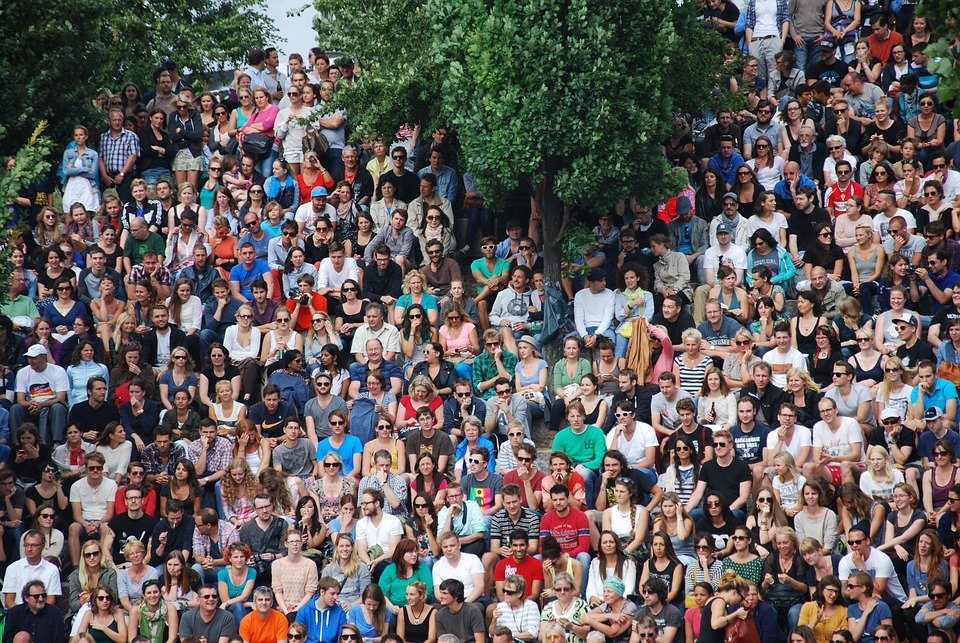Lights, Camera, Action! Exploring the Artistry of Cinematography in the Film Industry
In the world of filmmaking, cinematography plays a crucial role in shaping the visual aesthetic of a film. It involves the art of capturing moving images on film or digital media, and the cinematographer is responsible for creating the overall look and feel of a movie through the use of lighting, camera movement, composition, and color. Cinematography is often referred to as the “language of film,” as it conveys emotions, atmosphere, and storytelling through visual imagery.
The Role of the Cinematographer
The cinematographer, also known as the director of photography (DP), works closely with the film director to bring their creative vision to life. They are in charge of making technical and artistic decisions regarding the lighting, camera angles, lenses, and overall visual style of the film. The cinematographer must have a deep understanding of photography, lighting techniques, and film technology to achieve the desired look for each scene.
Cinematographers have the challenging task of balancing technical precision with artistic creativity. They must consider factors such as film stock, exposure, depth of field, and color correction to achieve the desired visual effect. Each shot in a film is meticulously planned and executed by the cinematographer to convey the intended emotion or atmosphere.
Creating Mood and Atmosphere
One of the most important aspects of cinematography is creating mood and atmosphere through lighting and camera techniques. Lighting plays a crucial role in setting the tone of a scene, whether it be dramatic, romantic, suspenseful, or comedic. Cinematographers use various lighting techniques, such as high-key lighting for a bright and cheerful mood or low-key lighting for a dark and moody atmosphere.
Camera movement is another important tool for creating atmosphere in a film. Cinematographers can use techniques such as tracking shots, crane shots, and handheld camera movements to enhance the emotional impact of a scene. Camera angles and framing also play a significant role in conveying the characters’ perspectives and relationships within the story.
Visual Storytelling
Cinematography is a powerful storytelling tool that goes beyond just capturing images. The way a scene is shot can reveal information about the characters, their emotions, and their relationships. Cinematographers use composition, framing, and camera movement to guide the viewer’s attention and create a visual narrative.
Color palettes and lighting choices can also convey subliminal messages and evoke emotional responses from the audience. For example, warm colors like red and orange can create a sense of intimacy and passion, while cool colors like blue and green can evoke feelings of calmness and melancholy. Cinematographers must carefully consider these visual elements to enhance the narrative and draw the audience into the story.
Innovation and Technology
Advancements in technology have revolutionized the field of cinematography, allowing filmmakers to push the boundaries of visual storytelling. Digital cameras have made it easier for cinematographers to experiment with different shooting styles and techniques, as they can immediately view the footage and make adjustments in real-time.
In addition, the use of drones, gimbals, and other camera stabilizers has opened up new possibilities for capturing dynamic and immersive shots. Cinematographers can now achieve complex camera movements and angles that were previously difficult or impossible to achieve.
Virtual reality (VR) and augmented reality (AR) technologies are also changing the way films are shot and viewed. Cinematographers are exploring new ways to create immersive experiences for the audience through 360-degree cameras and interactive storytelling techniques.
The Future of Cinematography
As the film industry continues to evolve, the role of the cinematographer remains essential in shaping the visual language of cinema. With advancements in technology and visual effects, cinematographers have more tools at their disposal to create innovative and visually stunning films.
The artistry of cinematography will continue to thrive as filmmakers push the boundaries of creativity and storytelling. Cinematographers play a vital role in bringing the director’s vision to life and creating an immersive cinematic experience for the audience.
In conclusion, cinematography is a fundamental aspect of filmmaking that involves the art of capturing moving images and creating visual storytelling. Cinematographers use a variety of techniques, such as lighting, camera movement, composition, and color, to convey emotions, atmosphere, and narrative. The future of cinematography looks bright as new technologies and innovations continue to revolutionize the film industry. Lights, camera, action – the artistry of cinematography in the film industry is here to stay.



